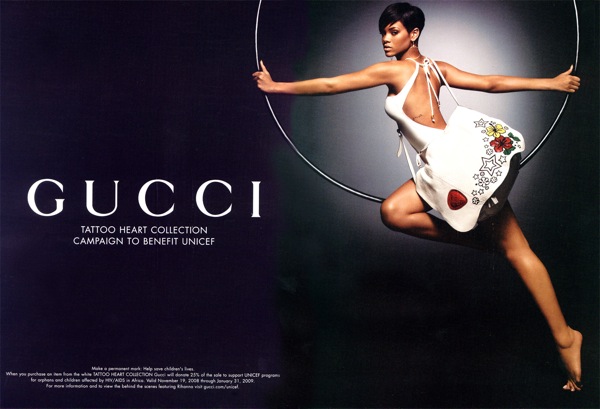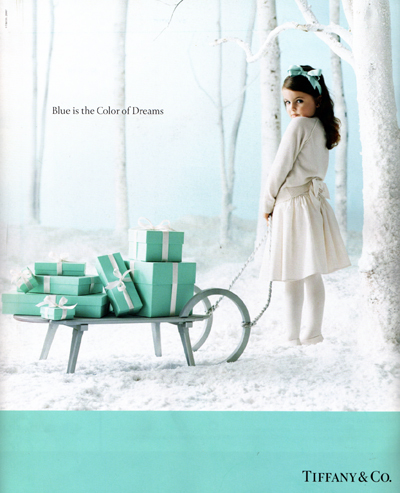Assignment III of the marketing project for WestJet was one of the most fun and interesting group projects that I have ever done. Our group actually drove around Richmond and the YVR Airport just to get videos of ourselves with the planes and the planes departing and arriving. Even though only a few clips were used in the assignment; it was still a fun time that made the project more interesting.
During the first assignment, I actually enjoyed analyzing the macro environment of WestJet and doing research and thinking on my own about what different factors could affect the company’s performance. I learned that all these factors can make a big impact on the airlines industry: a widespread epidemic, a terrorist attack, change in currency rates, a global recession, increasing senior population, and many more factors.
Before arriving Vancouver for UBC, I know nothing about WestJet and never even heard of it since I am an international student. After this project, I realized how important WestJet is in Canada to many travelers who want to enjoy good service and fair prices of tickets. I also learned that WestJet really do have an unique, fun company culture that attract potential employees and customers.
Overall, I really enjoyed this marketing course. The assignments such as blogging, the marketing project, and the lecture content really made me feel a little more certain that marketing could be the option that I would like to graduate with.







